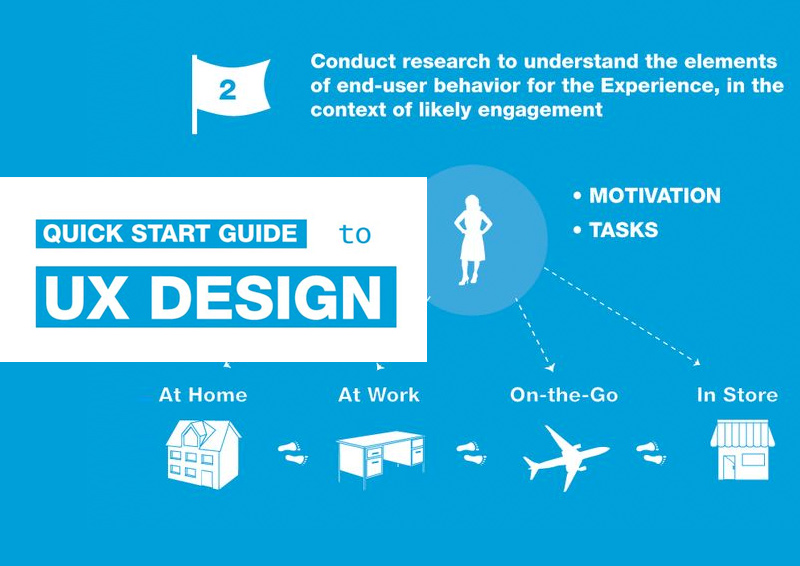Basic Elements Of Web Design: Guidelines For Establishing A User-Centric Site
Basic Elements Of Web Design: Guidelines For Establishing A User-Centric Site
Blog Article
Web Content Writer-Abildtrup Devine
When it pertains to web site style, making certain user-friendliness is vital. From responsive design to streamlined navigation, every component plays a critical duty in developing a site that accommodates your audience's requirements. Yet what about the finer details that can make or break an individual's surfing experience? Stay tuned as we discover some often-overlooked pointers that can elevate your web site's functionality to the next degree, making it really stand apart in the digital landscape.
Value of Responsive Design
Receptive design is a crucial facet of contemporary site advancement. Guaranteeing your site is responsive means that it can adjust to different screen sizes and tools, giving a seamless experience for individuals.
With see page enhancing use of mobile phones and tablets to access the internet, having a responsive style is essential for getting to a broader audience. It assists in enhancing individual experience by making your site very easy to navigate and read on any type of device.
Additionally, responsive style can positively influence your online search engine rankings, as internet search engine like Google focus on mobile-friendly internet sites. By having a responsive style, you're likewise future-proofing your web site, as brand-new devices with differing screen sizes remain to emerge.
Simplify Navigating Framework
To improve customer experience and assist in easy access to information on your internet site, streamlining the navigating framework is extremely important. When designing your site, focus on producing a clear and user-friendly navigation food selection that assists visitors locate what they're searching for promptly.
Limit hop over to this web-site of menu things to the basics, organizing related web pages together to stay clear of overwhelming customers. Usage descriptive tags that clearly suggest the content of each web page, making it much easier for individuals to recognize where each link will certainly take them.
Think about implementing dropdown menus for subcategories to prevent littering the major navigating bar. Furthermore, include a search bar prominently on the page for users who choose searching for specific information.
Prioritize mobile responsiveness in your navigating design to ensure easy access on all devices.
Enhance Page Lots Rate
Improving web page lots rate is crucial for maintaining visitors on your internet site. Slow-loading pages discourage individuals and can result in high bounce prices. To maximize page load rate, beginning by maximizing photos. Press images without endangering quality to lower their file sizes.
In addition, enable internet browser caching to save often accessed resources in your area, accelerating lots times for returning site visitors. Minify CSS, JavaScript, and HTML files by getting rid of unneeded personalities, comments, and formatting, boosting lots rate.
Take into consideration making use of a material distribution network (CDN) to disperse your internet site's web content across several servers worldwide, decreasing latency for users accessing your website from various locations. Lastly, limit making use of third-party scripts and plugins, as they can dramatically influence lots times.
Conclusion
To conclude, by incorporating responsive layout, simplifying navigation, and optimizing page load rate, you can produce a straightforward site that appeals to a larger target market and improves user experience. These essential elements make sure that visitors can conveniently access and navigate your website throughout various gadgets, resulting in raised involvement and satisfaction. By concentrating on these essential elements, you can develop an effective internet site that maintains customers coming back for more.
